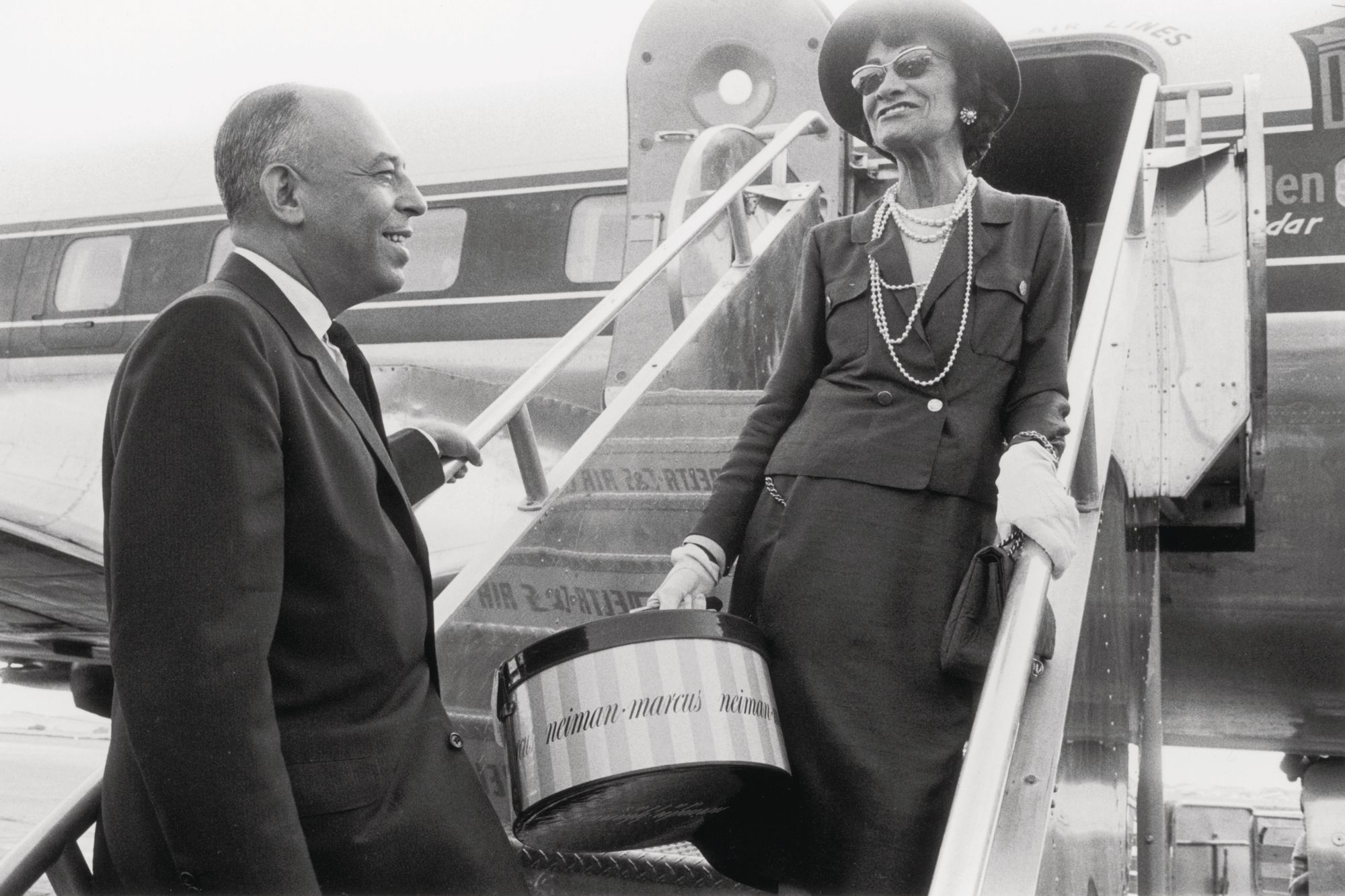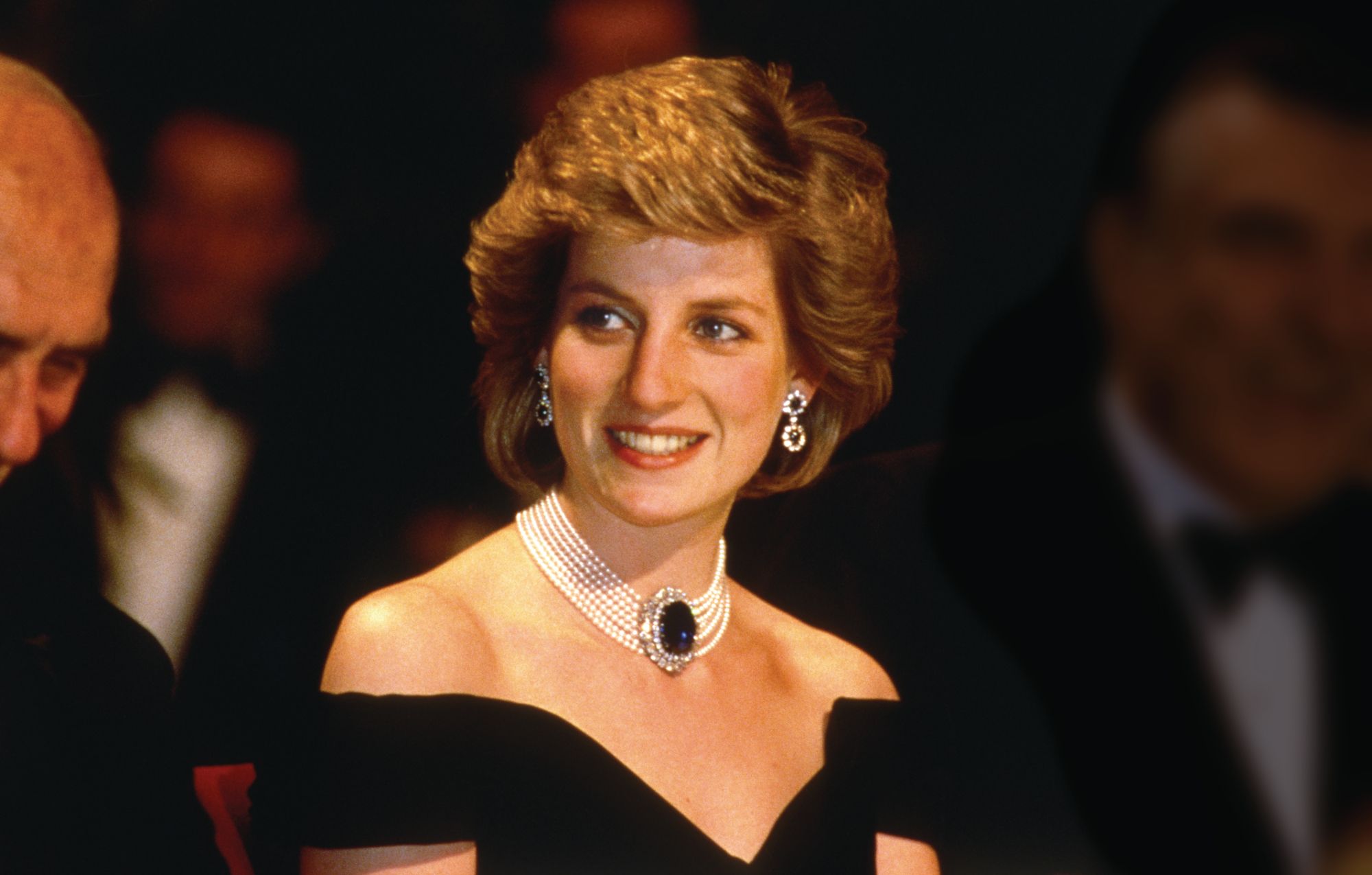From Cleopatra to Harry Styles: the evolution of pearls
It’s said that Cleopatra once won a bet against Mark Antony by dissolving her pearl earring in a glass of wine as an aperitif, proving she had hosted the most expensive dinner. While natural pearls were once regarded as the most sacred of gems and were highly sought after by the upper echelons of society, the shimmering orbs have since become more accessible thanks to developments in pearl culturing. Over millennia, they’ve transformed from grand imperial symbols to must-have TikTok accessories, in a fascinating tale of human innovation.
Pearls have long captivated civilisations all over the world, but one of their earliest recorded mentions comes from China. In the third millennium BC, a Chinese historian disparaged a royal who gifted the emperor a “string of pearls not quite round” in a text known as the Shu King, setting a precedent for the pursuit of flawless spherical orbs, rather than the imperfect styles more popular today.
See also: Mikimoto’s Yasuhiko Hashimoto On Pearls, Paris And Men’s Jewellery

As well as coming with unbelievable price tags, pearls have long been associated with godliness across various cultures. In Indian mythology, the god Krishna bestowed his daughter with wedding pearls, while ancient Greeks described Aphrodite emerging from the surf wearing pearl earrings in the Iliad. As time passed, they became associated with royalty; in ancient Rome, for example, Julius Caesar decreed only the ruling class could don strings of pearls.
Before pearl cultivation became the norm, free divers were sent to scour the depths of the Persian Gulf and freshwater sites across China and Europe for oysters. As time progressed, European colonisation of North America led to pearl exports from freshwater sources in Ohio, Mississippi and Tennessee, while the Spanish discovered oysters along the coasts of Central America, bolstering the global trade.
Things shifted in the 1890s thanks to Kokichi Mikimoto, the son of a noodle maker from Toba, Japan. Mikimoto sought a solution to the problem of over-harvesting, eventually patenting a technique for creating hemispherical pearls (known as mabes) in 1896. After securing his own patents, he would later acquire another called the Mise-Nishikawa method, which is the basis for pearl culturing today.


